Dermatologists Reveal the Everyday Habit That’s Secretly Aging Your Hands

We know how important sunscreen is for protecting our skin from the sun, but many people don’t think about protecting their hands, specifically. Aside from serious health concerns, not protecting the skin on your hands can lead to premature aging. “Most of us have a skin care regimen for our faces, but we often forget about our hands,” hand and cosmetic surgeon Bryan Michelow, MD, tells the Cleveland Clinic. “And that’s a mistake for two reasons — nature and nurture. We expose our hands to the sun and other noxious elements more than any other part of the body.” Here’s why you should never skip sunscreen on your hands.
RELATED: 10 Daily Habits That Keep Your Skin Young.
Age Spots and Wrinkles
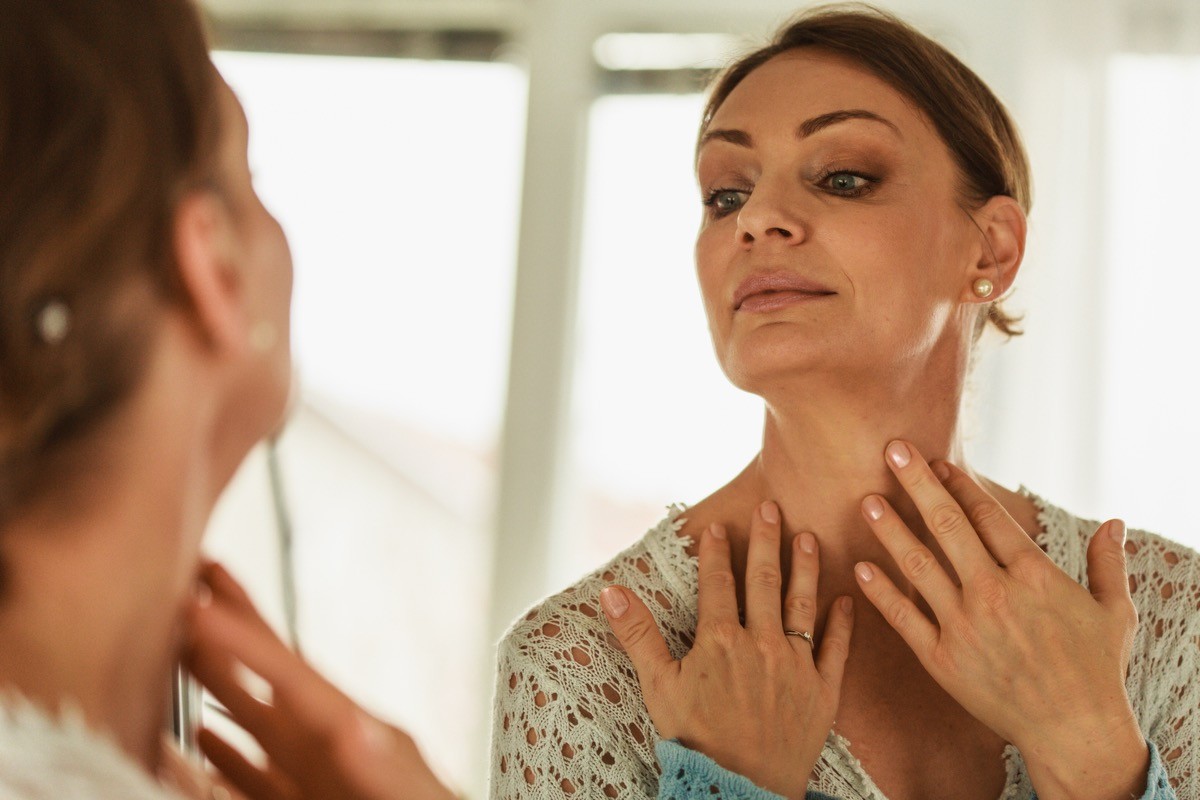
As we age, our hands lose fat, elasticity, and volume, and sun damage can encourage wrinkles while causing age spots. “Get in the habit of wearing sunscreen every day,” dermatologist Amy Kassouf, MD, tells the Cleveland Clinic. “A broad-spectrum sunscreen with a sun protection factor (SPF) of 50 or higher will go a long way to prevent age spots and hand wrinkles.”
UVA and UVB Rays
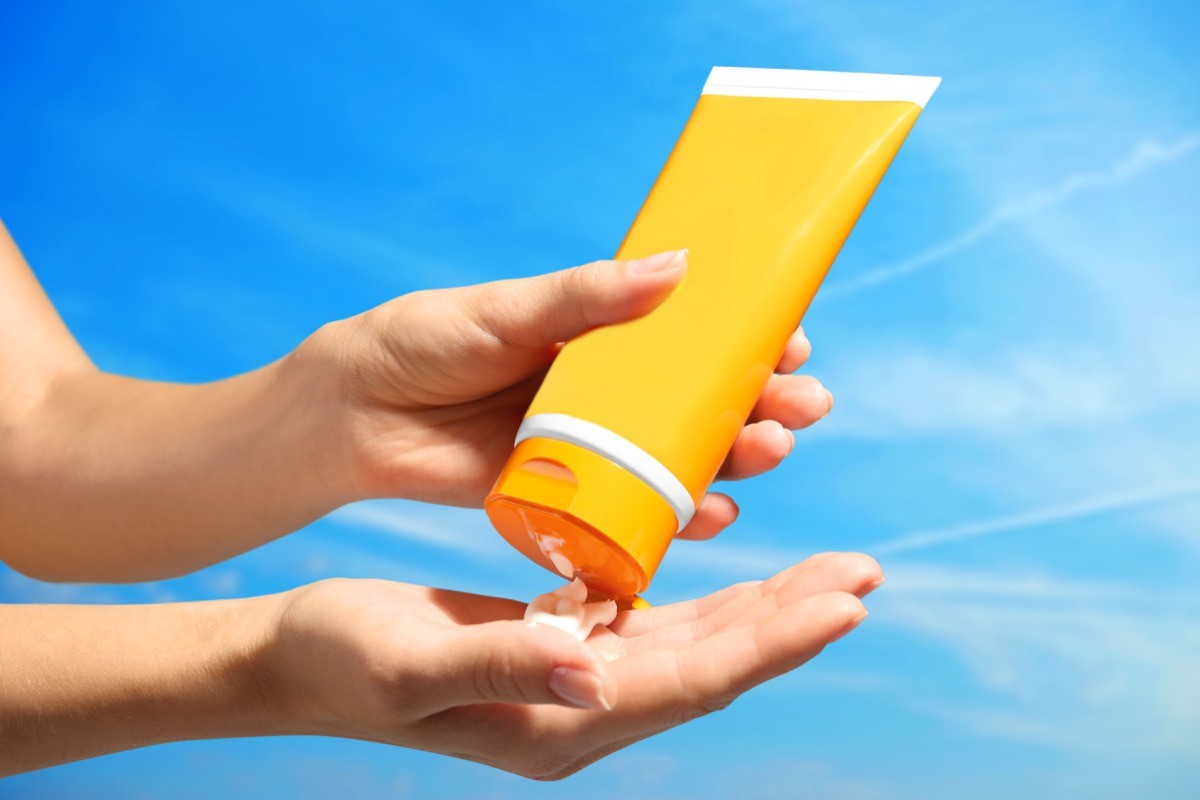
When you’re putting sunscreen on your face, get into the habit of doing your hands, too. “It’s no secret that the sun’s powerful UVA & UVB rays are harmful to the skin,” says Beverly Fischer, MD. “While you most likely apply sunscreen to your face and body when they’re exposed to the sun, you’re not alone if you accidentally skip your hands when in the sunscreen application process, which can lead to age spots on hands. For preventative measures, ensure that a high SPF sunscreen is applied to your hands anytime they will be exposed to the sun for more than a short period of time. If you already have some pesky sun spots, try a topical cream containing retinoid acid, a chemical peel, or a laser treatment.”
Protective Gloves
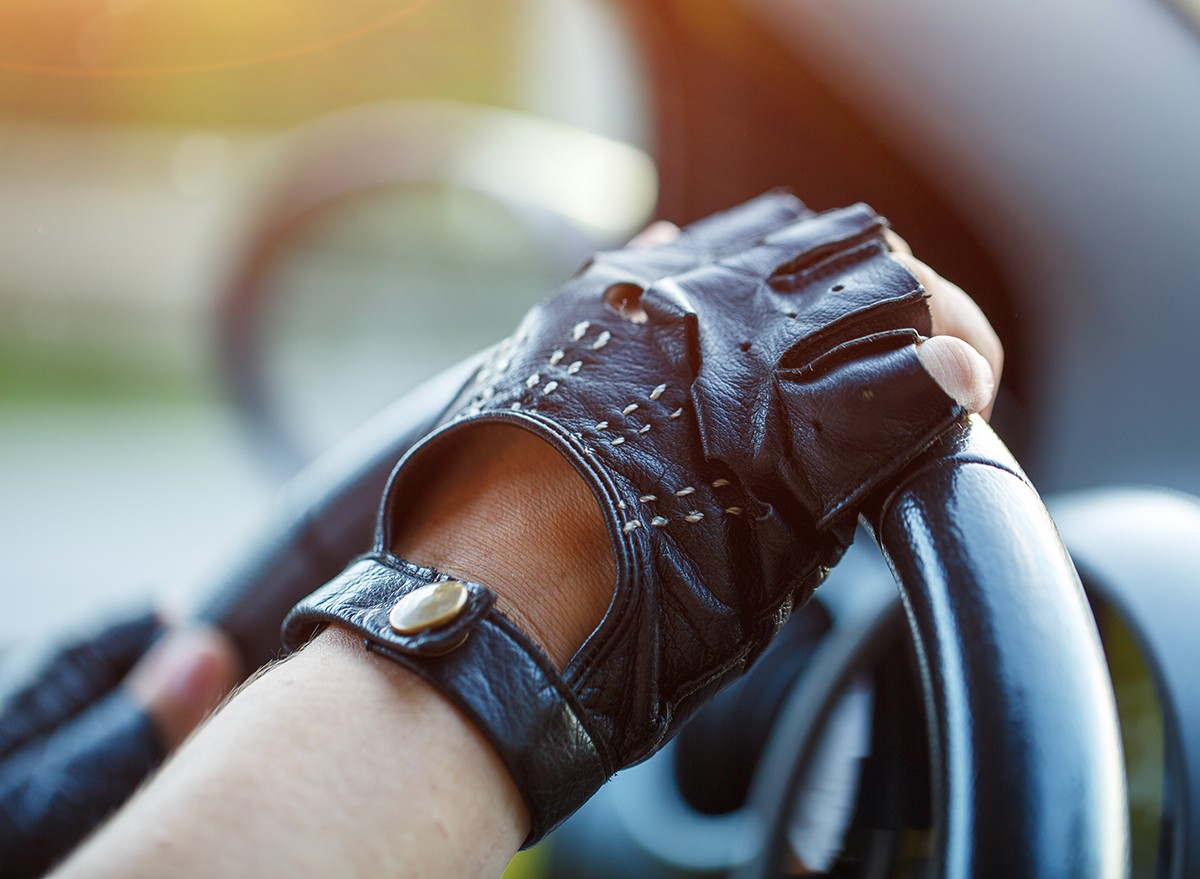
Make use of your glove compartment by keeping protective gloves in the car. “It’s never too early to develop the daily habit of applying SPF on your hands,” dermatologist and cosmetic surgeon Dr. Lisa Chipps tells HuffPost. “By using a broad-spectrum sunscreen you’ll cover UVA rays and prevent aging signs like brown spots. Even in the car, slip on a pair of driving gloves for UV protection. If you’re getting your nails done — especially a gel manicure — always apply sunscreen before exposing your hands to the UV lamps.”
RELATED: 6 Mistakes in Your Skincare Routine You Need to Stop.
No Harsh Chemicals
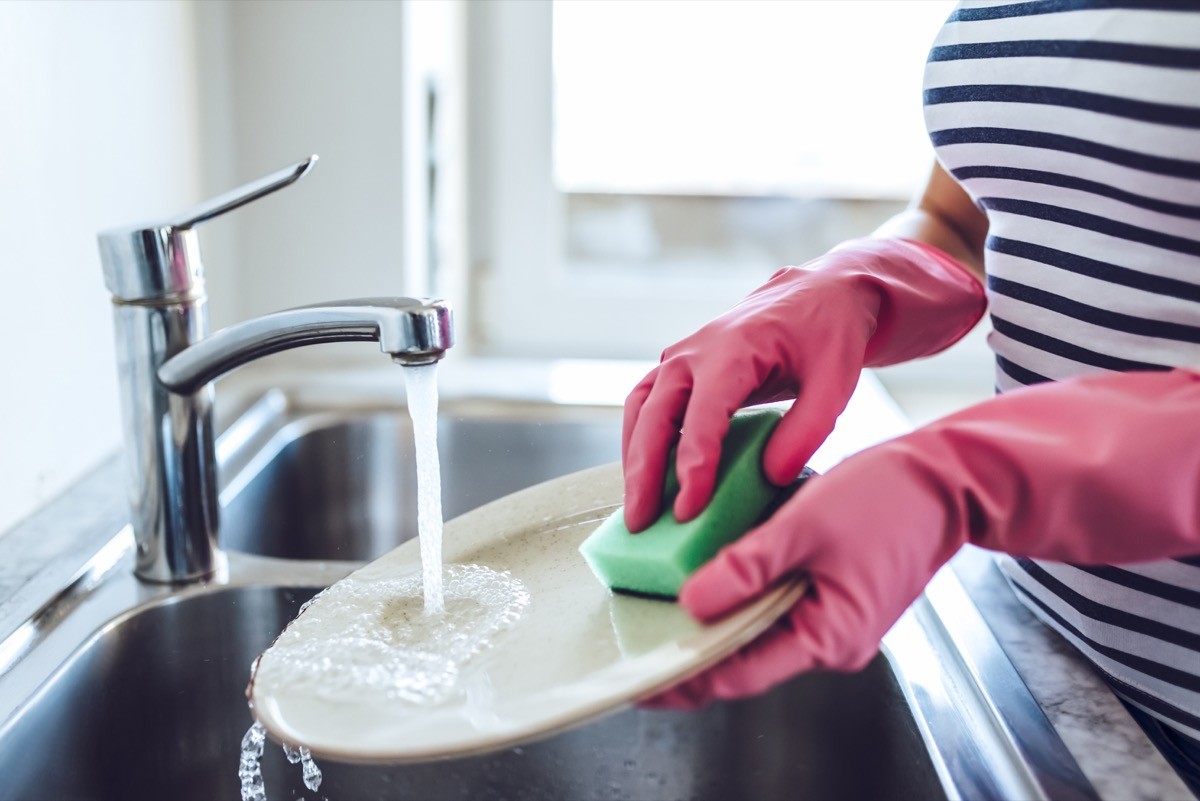
Don’t use too-hot water to wash your hands, and wear gloves when cleaning. “Your hands take a beating over the years,” says Dr. Fischer. “Soap, extreme weather, and the sun, as well as all of the cuts and scars you accumulate, play a part in breaking down the skin. To tighten your hand skin, stay hydrated and moisturized, go easy on the antibacterial soap, and wear gloves if you’re cleaning with harsh chemicals.”
Prevention Is Better Than Cure
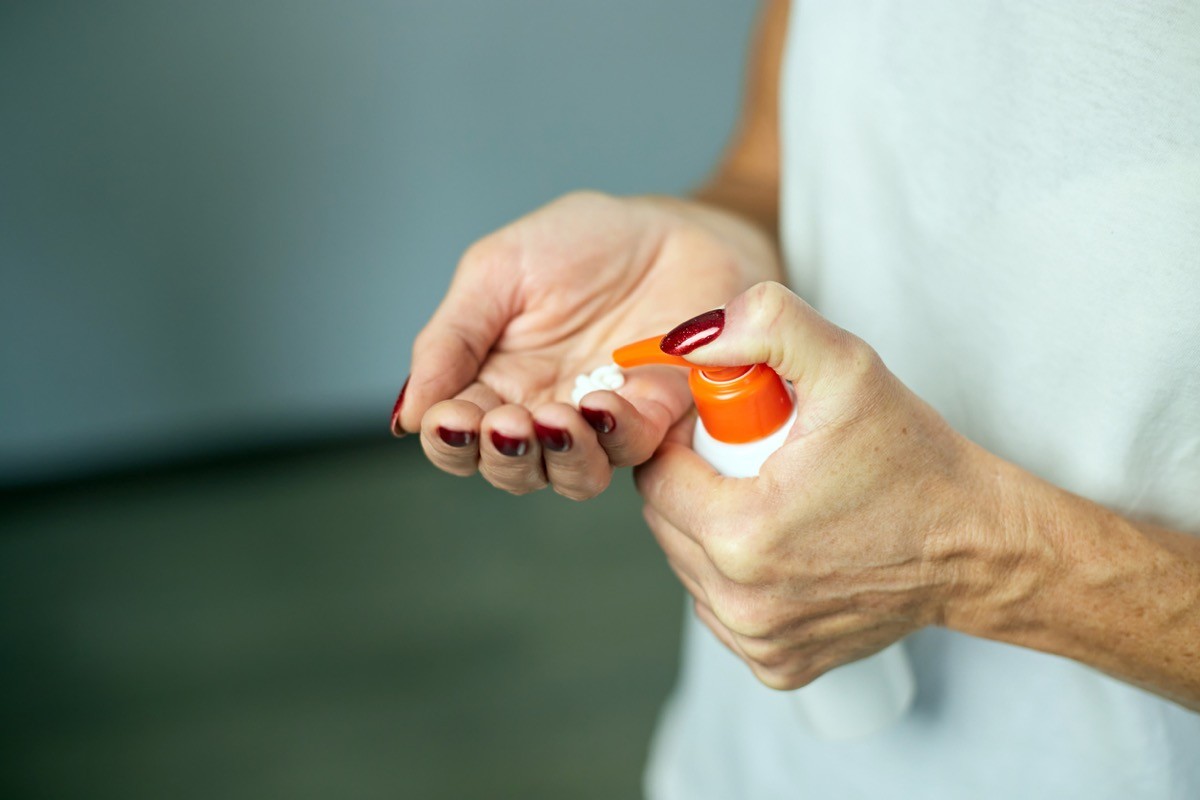
If you haven’t been protecting the skin on your hands, start immediately. “You’re in control of your skin and can minimize your risk of developing skin cancer and looking older by consistently applying your sunscreen,” dermatologist Jennifer Lucas, MD, tells the Cleveland Clinic. “An ounce of prevention is worth a ton of cure.”